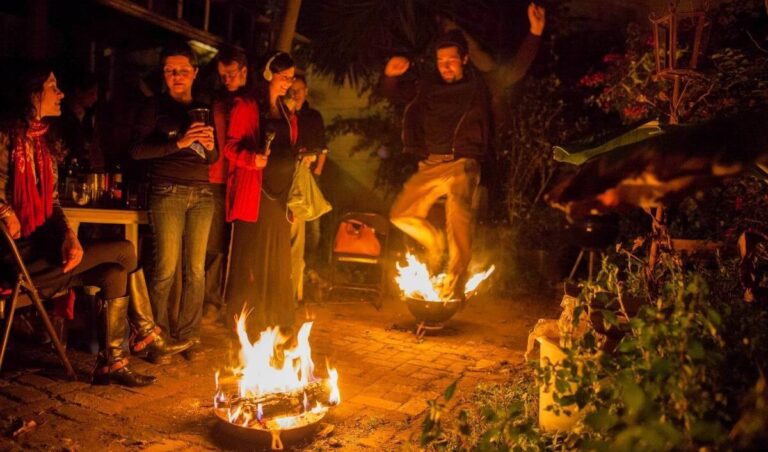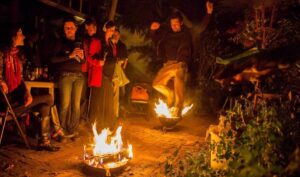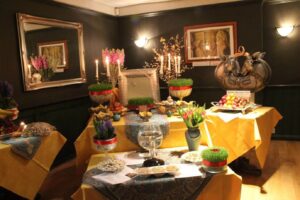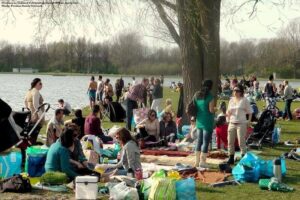| Equity & Diversity
Happy Persian New Year. Nowruz Mobarak


Hello
Welcome to this week’s blog. Isn’t it great when an initiative inspires and motivates other colleagues. Having celebrated Chinese New Year, a colleague asked if we could highlight the Persian New Year. I was thrilled, so this week’s blog shares how Maryam and her family celebrate Persian New Year.
Nowruz is the name of the Iranian New Year also known as Persian New Year. The word Nowruz is a combination of Persian words “Now”, (English: new) and “Ruz” (English: day). Despite its Persian origins, Nowruz has been celebrated by diverse communities. It has been celebrated for over 3,000 years in Western Asia, Central Asia, the Caucasus, the Black Sea Basin, and the Balkans.
Nowruz is the day of the vernal equinox. The first day of the Persian calendar falls on the March equinox, the first day of spring, around 21 March. The first day of the official Nowruz is always the day on which the sun entered Aries before noon. It usually occurs on March 21 or the previous or following day, depending on where it is observed. The moment the Sun crosses the celestial equator and equalizes night and day is calculated exactly every year, and families gather together to observe the rituals. Nowruz is the first day of Farvardin, the first month of the Persian solar calendar. According to the Persian calendar the time of vernal equinox for this year in UK is Wednesday 20th of March 10:00 pm.
How we celebrate
Before the New Year arrives, we clean our homes top to bottom known as Khane Tekani (Spring Cleaning). This is usually performed a week before Nowruz. We also take the time to buy new clothes for the New Year as well as buying flowers, especially hyacinths and tulips, for Nowruz Eve.
Our Norooz holidays span from Charshanbeh Suri (jumping over the bonfire to absorb its reddish healthy strength, while getting rid of one’s yellow unhealthy state of being), on the evening preceding the last Wednesday of the old year, climaxing at Norooz.


We then set up a “haft-seen” (meaning “seven s’s”), a display which includes seven items beginning with the letter S that each represent spring and new beginnings. These seven S’s are:
Sabzeh (wheat or barley or lentil sprouts, grown in a dish) a symbol of rebirth,
Seeb (Apple) a symbol of Health and beauty,
Senjed (Dried Oleaster wild olive fruit) symbolizing Love,
Samanu (Sweet Pudding Made from wheat germ) a symbol of Affluence or fertility,
Serkeh (Vinegar) a symbol of age and patience,
Seer (Garlic) a symbol of medicine and
Sumag (Sumac) a symbol of the colour of sunrise.


In addition to the above, Haft-Seens may also include other ‘S’ items such as ‘Sekkeh’ (Coins, a symbol of wealth), ‘Sonbol’ (Hyacinth).
There are often some common items in Haft-Seen which do not start with ‘S’, but appear as symbols or a decoration; such as ‘Ayyeneh’ (Mirror) a symbol for Light as well as decorated Eggs, candles and a bowl of water with a goldfish in it. The Persian New Year starts with the sun rising in the star sign Pisces (the fish). A book of Poetry such as Divan of Hafez, Shahnameh (by Abolqasem Ferdowsi) or a holy book such as the Avesta or Qu’ran are also common.
We conclude our Nowruz Holliday with Sizdah Bedar, the thirteenth day of the New Year. Across the globe, the number 13 is generally considered to be unlucky. In fact, people often avoid this number at all costs! However, we come together to shed the bad omens around the number 13 and instead cast it into positivity, happiness and great joy.
We spend the last day of the holidays at a picnic in the orchards, on the prairies, by the seaside, or in the foothills where we can eat and drink, dance and sing, and play. We also take the Sabzeh from the Haft Seen and release it into a nearby stream or river. The action of throwing away the Sabzeh represents removing negativity from one’s home. It is believed that the Sabzeh collects all the sickness, bad luck and general misfortunes hiding on the path of the family in the coming year. Releasing it into a running stream or river therefore symbolizes new beginnings!


If you have something that you would like to share, why not get in touch
You can also follow us on twitter @UoGEquality



